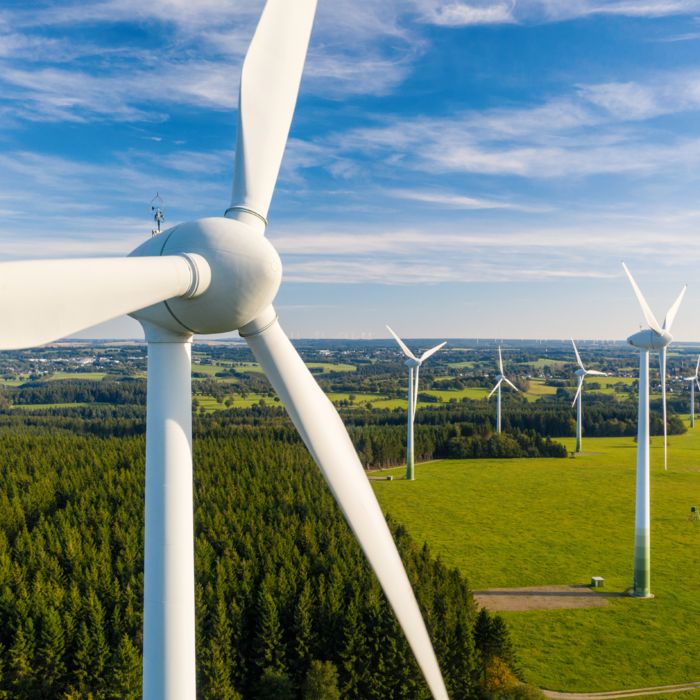Phoenix Contact aims to reduce carbon emissions by 90% by 2030. With this in mind, the carbon footprints for materials and commodity groups were identified in 2021 on the basis of comparable database values and the corresponding fields of action in the supply chain were identified via hot-spot analysis.
Phoenix Contact has a company-wide Code of Conduct that defines the legal and moral guidelines for the actions of all employees. A Supplier Code of Conduct was drawn up for suppliers, which translates the company’s requirements into the supply chain. Suppliers must also comply with the Code of Conduct in their purchasing contracts. Social responsibility is a principle that is firmly embedded in the process of preselecting suppliers, and also in their qualification, and in supply contracts.
Phoenix Contact appointed EcoVadis to conduct in-depth analyses of its supply chain. EcoVadis is one of the world’s leading providers of corporate sustainability rankings. Phoenix Contact uses the results of these analyses to derive measures for risk avoidance in the supply chain.
Phoenix Contact processes large quantities of plastic every year. In order to conserve resources, the company uses polyamide. This material can be processed with a high degree of finesse and process reliability. In addition, Phoenix Contact is already using the first plastics based on renewable raw materials.
















